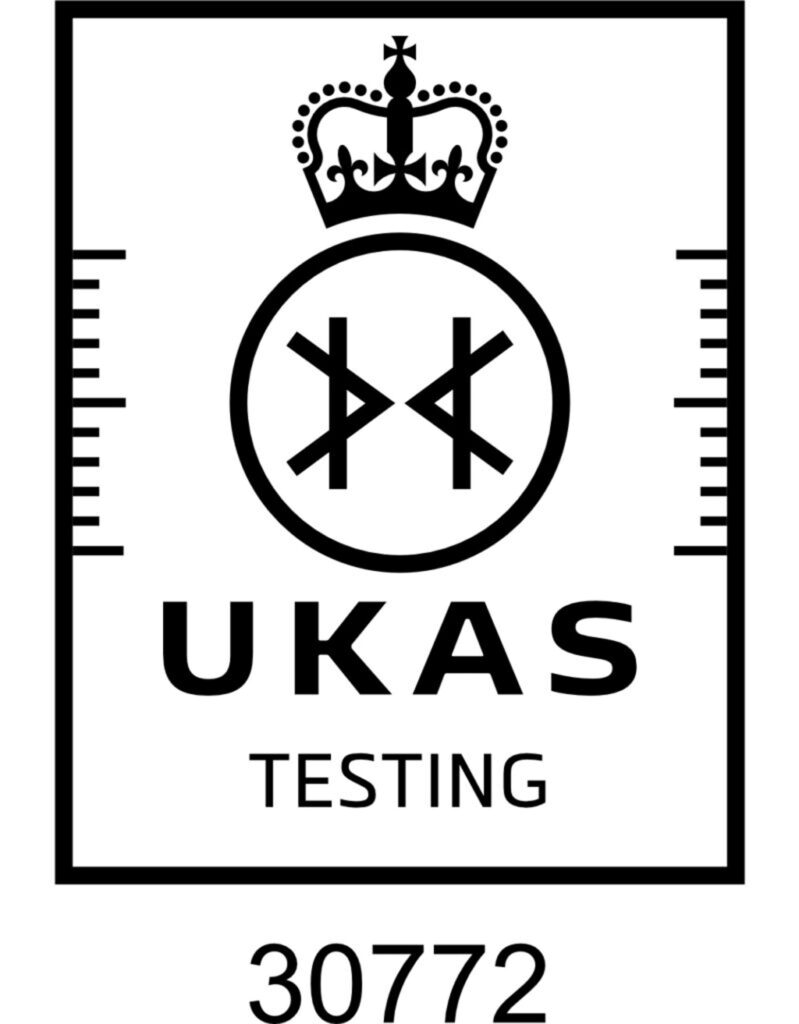
Concrete cube testing is the most common method for assessing the compressive strength of concrete. This essential test evaluates the material’s ability to withstand crushing loads, ensuring that it meets the required performance standards for structural applications.
Compressive strength testing is a critical step in projects such as:
By accurately determining the strength of concrete through cube testing, construction professionals can ensure safety, compliance, and the longevity of the structures they build. Contact us to schedule your testing and receive expert analysis and detailed reports.

AMTEST UK Ltd delivers top-tier services to civil engineering and infrastructure clients across the UK, backed by expert in-house concrete consultants.
Unit A 2D/6, Project Park, North Crescent, London E16 4TQ
Concrete cube testing is the most common method for assessing the compressive strength of concrete. This essential test evaluates the material's ability to withstand crushing loads, ensuring that it meets the required performance standards for structural applications.
Compressive strength testing is a critical step in projects such as:
By accurately determining the strength of concrete through cube testing, construction professionals can ensure safety, compliance, and the longevity of the structures they build. Contact us to schedule your testing and receive expert analysis and detailed reports.